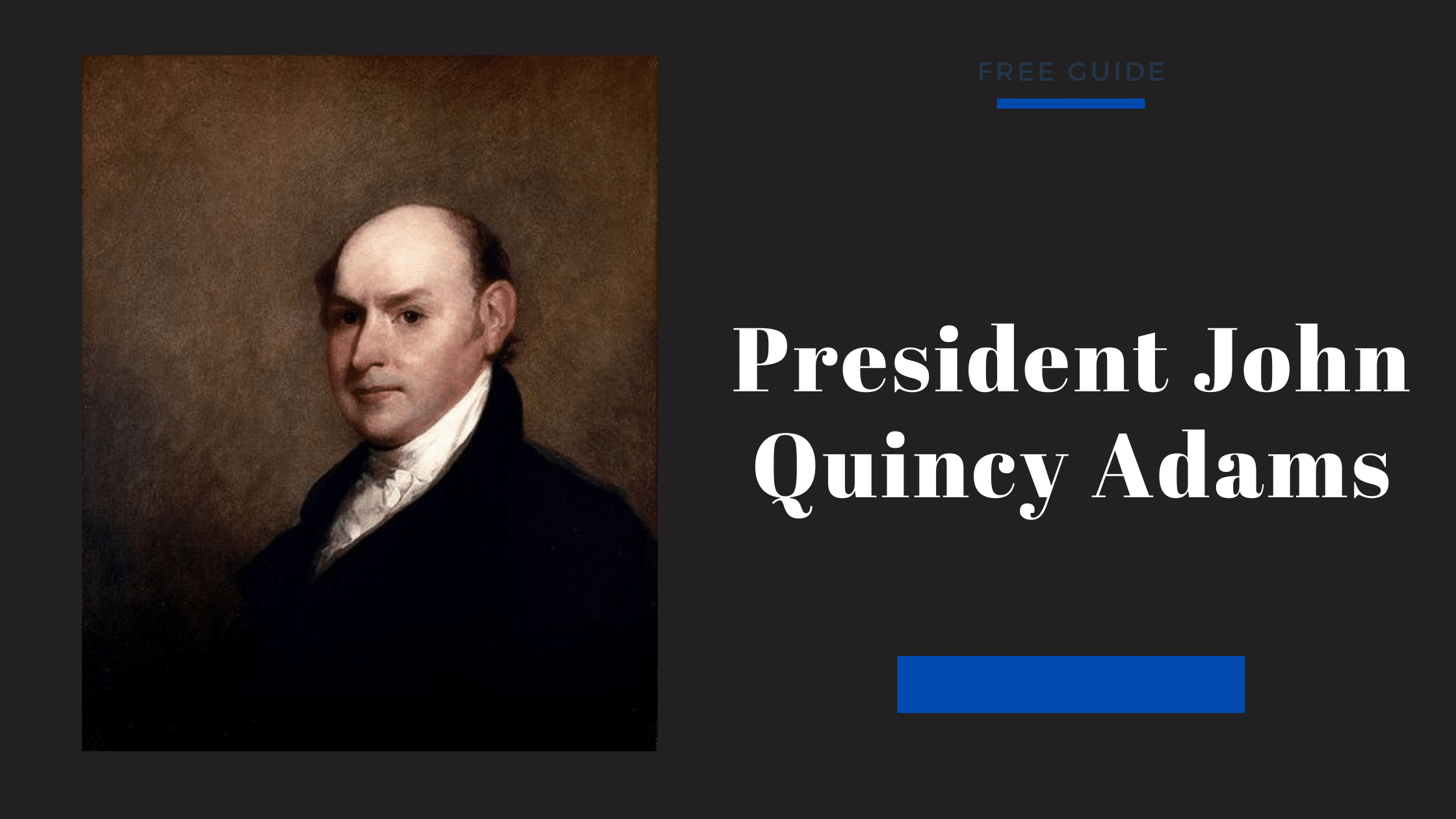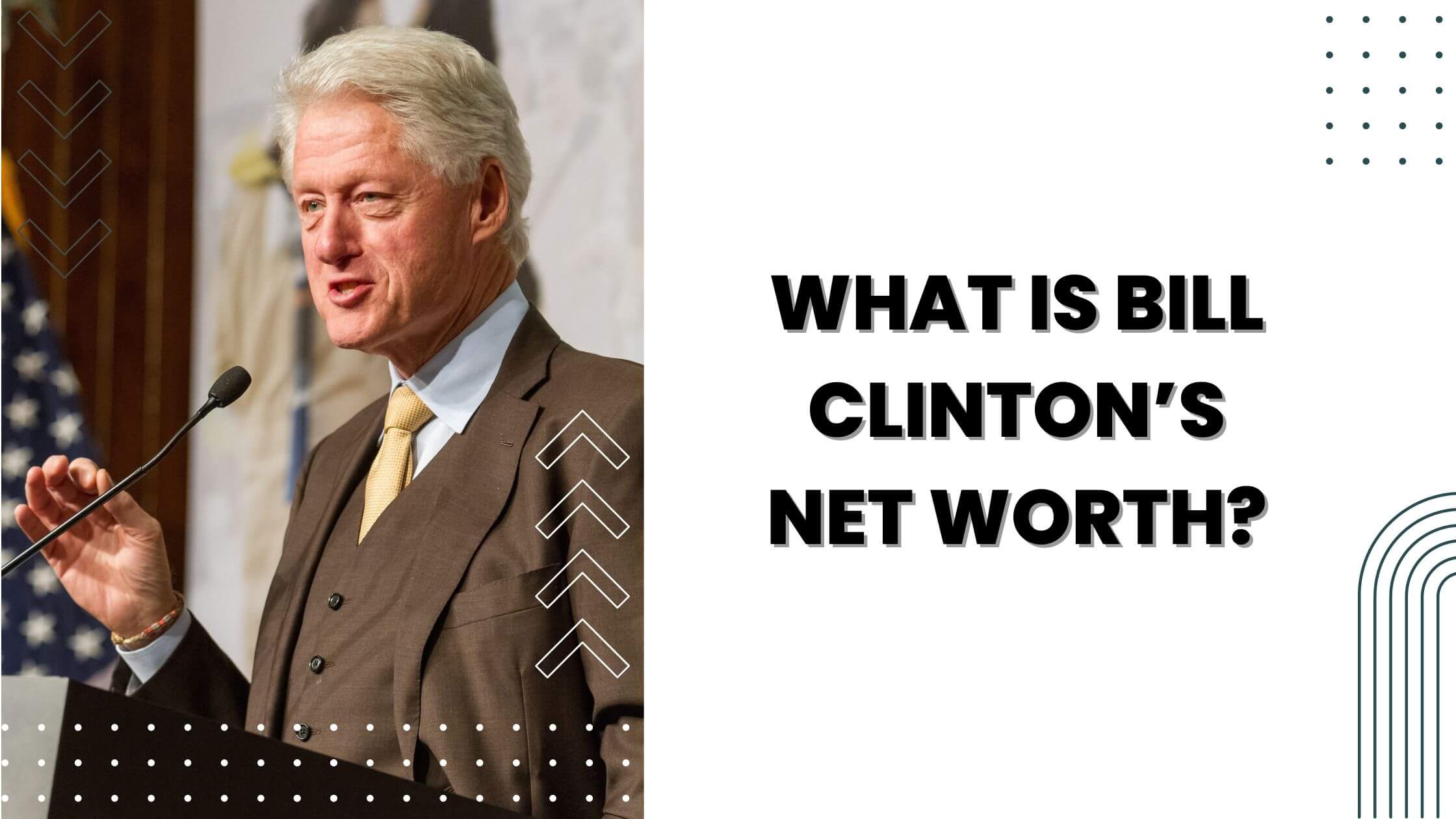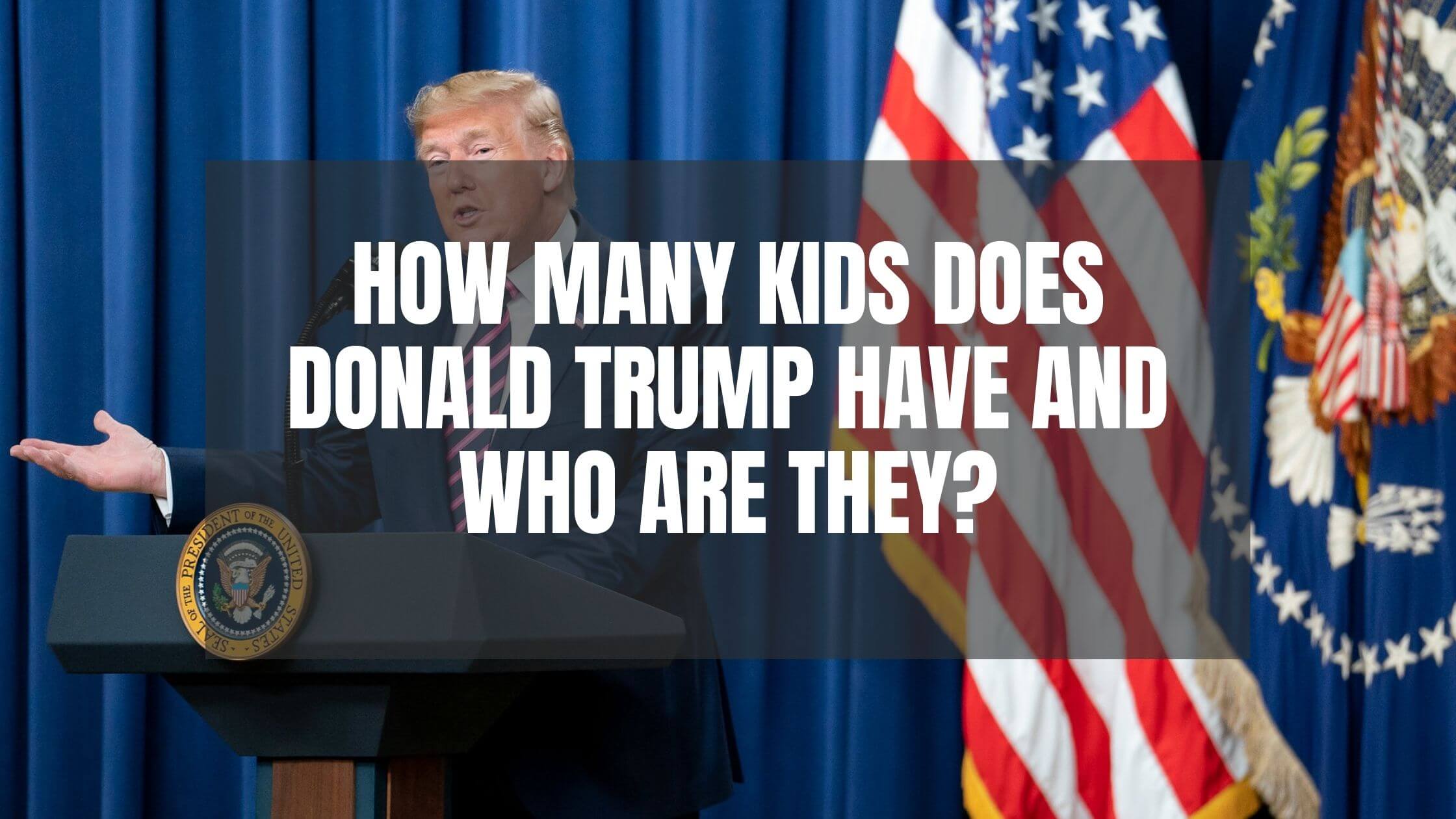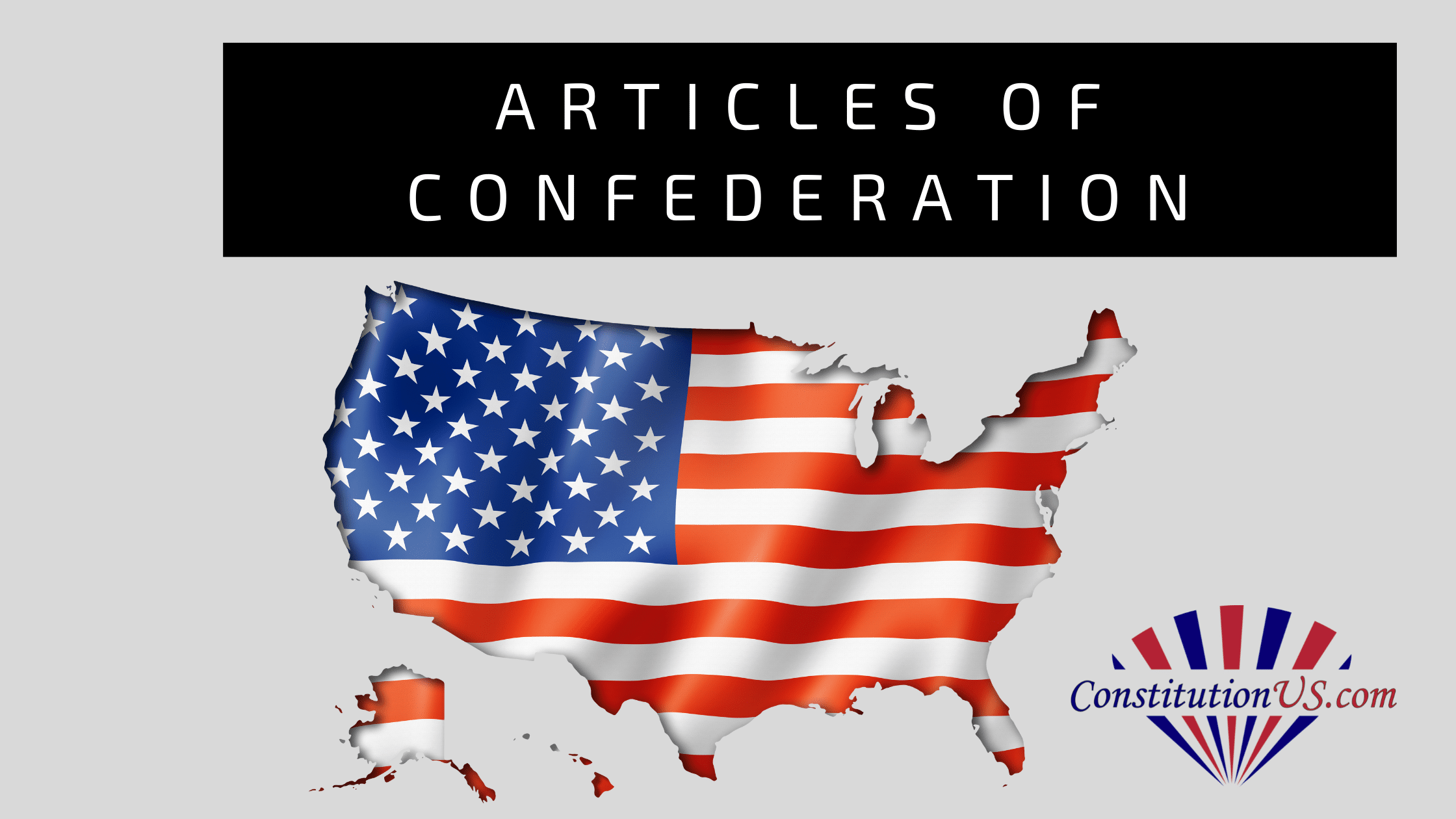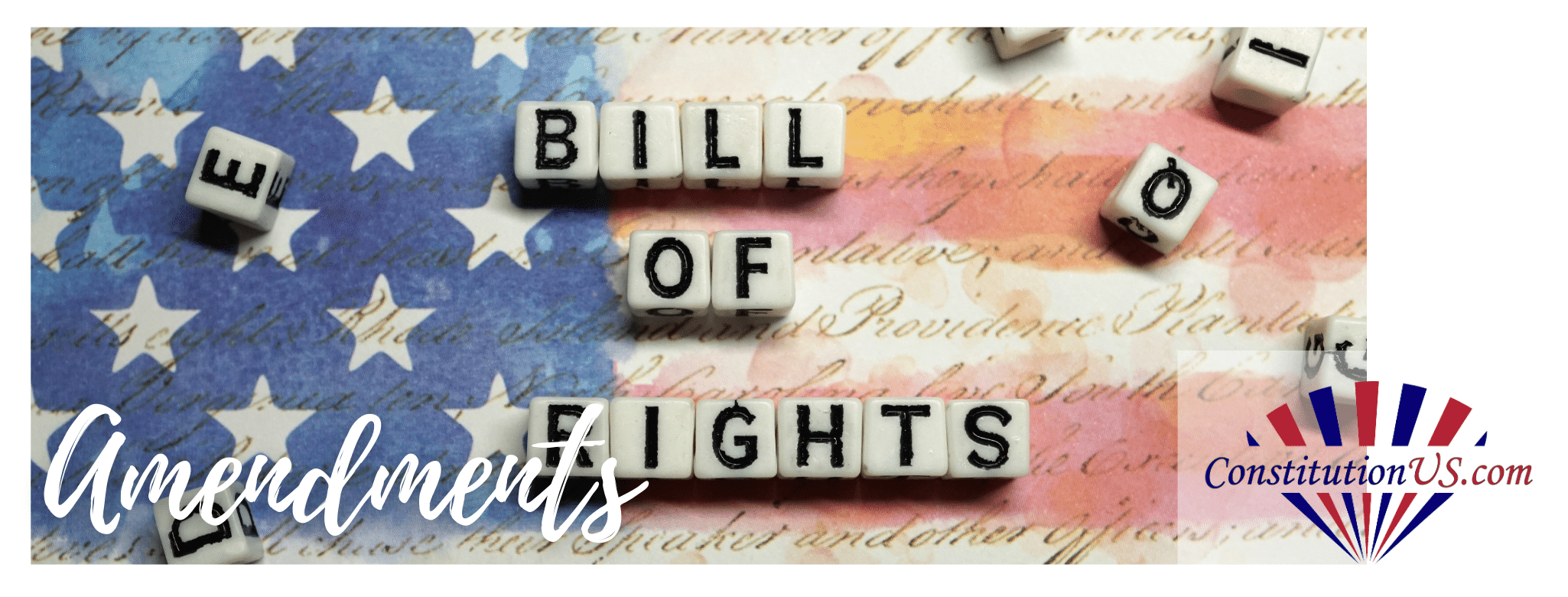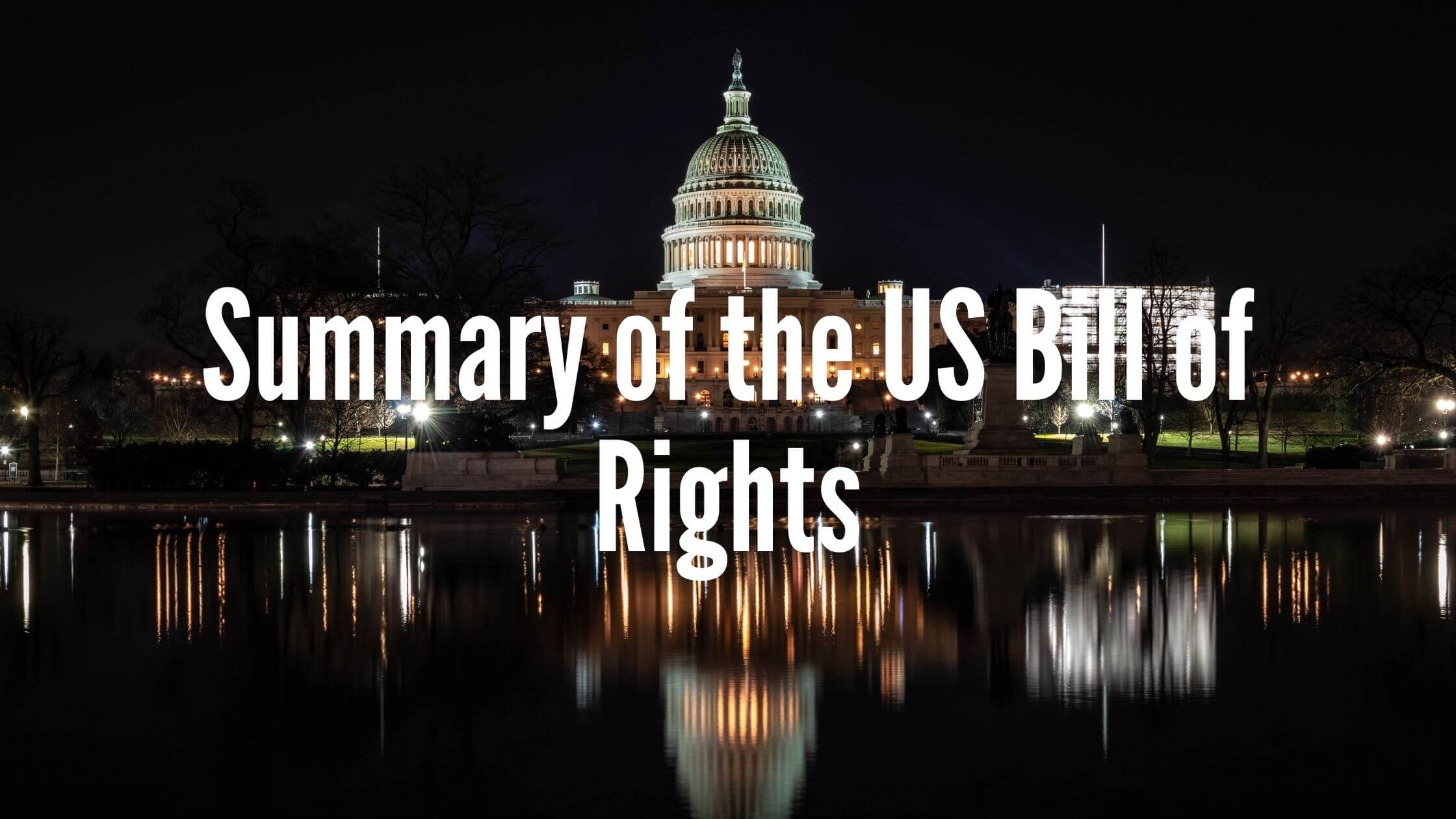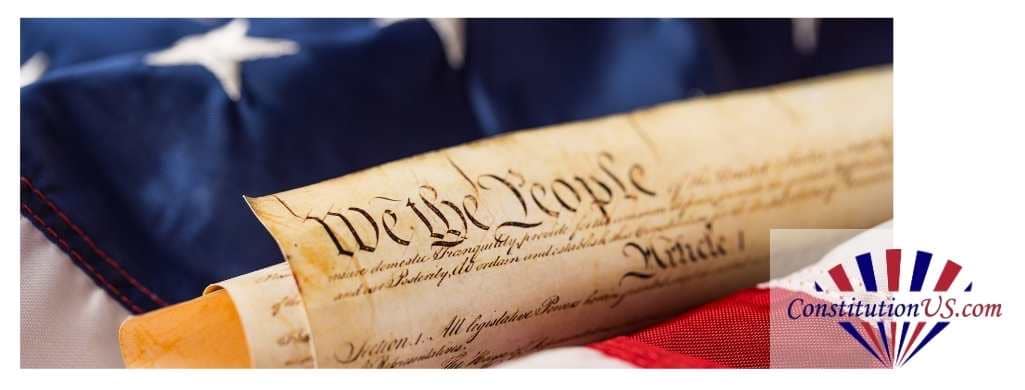Table of Contents
ToggleWhen was John Quincy Adams born?
John Quincy Adams was born in 1767.
Where was John Quincy Adams born?
John Quincy Adams was born in Braintree, Massachusetts.
How old was John Quincy Adams when he became president?
John Quincy Adams was elected at the age of 58.
What years was John Quincy Adams president?
John Quincy Adams was president from 1825-1829.
When did John Quincy Adams die?
John Quincy Adams died at the age of 80 in 1848.
How did John Quincy Adams die?
He died two days after suffering a massive cerebral hemorrhage.
The 6th President of the United States was John Quincy Adams.
His father, John Adams, was the 2nd President.
Adams served one term as President.
He did his best to win a second term, but the race against Andrew Jackson ended in defeat. His term was from 1825 to 1829. Initially, Adams and Jackson were both part of the same party, the Democratic-Republican.
However, by the time the second-term election came around, the two had split into different parties. Adams was with the Republicans, and Jackson was with the Democrats. Historians regard him as one of the best diplomats of his era, but an average President.
Early Life
He was born July 11th, 1767, to John and Abigail Adams in Massachusetts. He was their oldest child. Most of his youth was spent in Europe rather than in the United States. His father was a diplomat and took his family with him to live there while he served. He was able to explore Europe with his father and often had political questions that the two would discuss.
Education
Adams had a remarkable education from an early age. His parents got him the best tutors, and he learned quickly. He had a passion for learning, and his tutors were impressed by his dedication to his studies. They tried to challenge him, but he consistently exceeded their expectations.
In Europe, he became fluent in Latin, Greek, and French. In addition to his tutoring, he attended Leiden University. In 1785, he was admitted to Harvard University as a junior and graduated 2nd in his class. Adams was a quiet man who often read books to learn more.
He didn’t attend law school, yet he still obtained a law degree. He studied law independently under Theophilus Parsons.
In 1790, he established a law practice in Boston. His practice did very well, and he was highly regarded for his integrity in cases and his in-depth knowledge of the law.
At one point, they decided to avoid politics and focus on law as a career. That changed as he found flaws in the government and published materials about them. He decided the best way to change it was to be involved with political issues.
Family Life
Adams met his wife, Louisa, when the two were just children. He met her while in Europe with his father. The two met again in 1796, when she was 22. They were married a year later. She passed away in May of 1852. The couple had four children together, but their youngest died when she was about a year old.
Louisa was a huge supporter of Adams and did all she could as First Lady to assist him. He worked hard to teach his children early on to be passionate about learning. While there was no formal diagnosis, it is believed this President often suffered from symptoms relating to depression.
One of his sons committed suicide in 1829, and this was very upsetting to him. It came on the heels of losing the second-term election. According to his wife, the two situations left him withdrawn and struggling internally.
Road to the Presidency
The path to the Presidency was filled with leadership roles and various offices. Adams knew from an early age that his goal was to become President. He was dedicated to fulfilling various roles along the way to give him a good chance of winning an election when the time was right. He started his political career as an ambassador.

Get Smarter on US News, History, and the Constitution
Join the thousands of fellow patriots who rely on our 5-minute newsletter to stay informed on the key events and trends that shaped our nation's past and continue to shape its present.
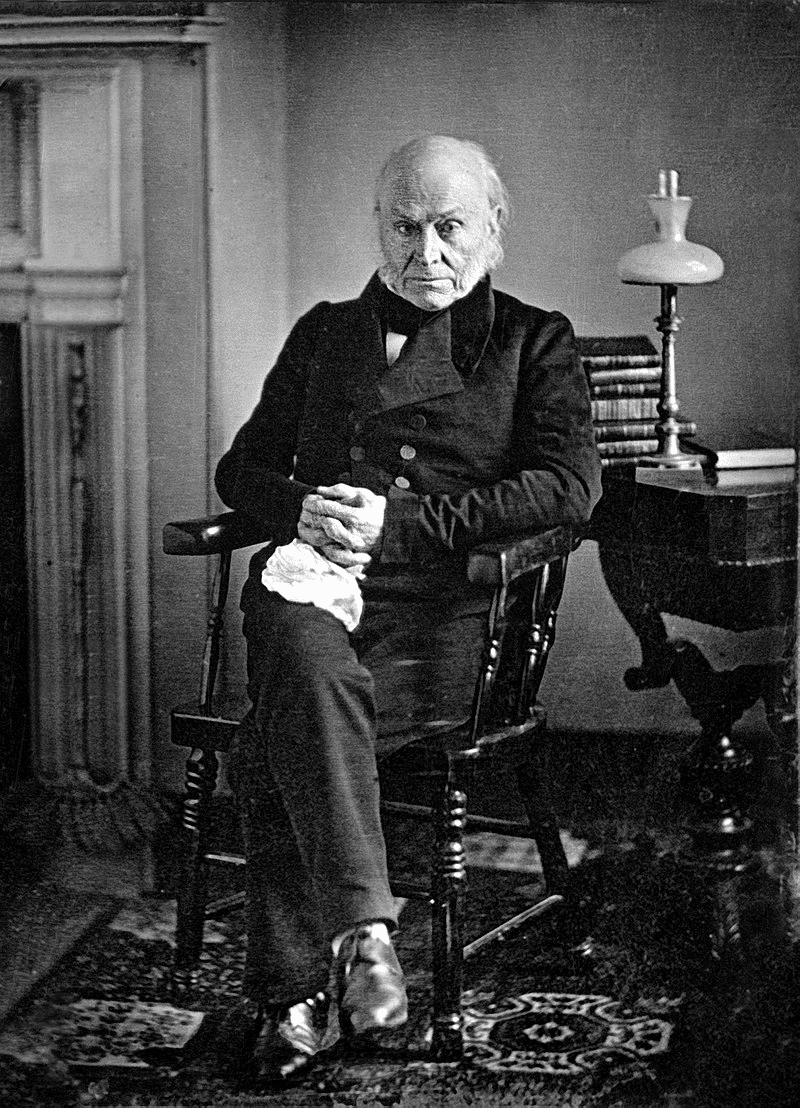
This was an appointed position by President Washington in 1774. His ambassador location was the Netherlands. He held various ambassadorial roles until 1801. That year, President Jefferson took office. He was interested in bringing Adams into the United States Senate. It wasn’t long before Federalist leaders worked to get him on the election ballot.
He served in the House of Representatives and as a United States Senator for the state of Massachusetts.
From 1817 to 1825, he was Secretary of State. Adams followed in his father’s footsteps by joining his chosen political party. The decision to part ways with the Federalist Party took place in 1801. It was due to Adam’s disagreement with the party and its stance on foreign policy.
When he ran for President, he was affiliated with the Democratic-Republican Party. The issue of foreign policy caused significant division among politicians. Adams was a driving force behind the Monroe Doctrine. He was the first President to forgo wearing a wig and to have a regular haircut instead while in office.
Adams-Onis Treaty
Adams’s leadership and negotiating ability were important parts of the Adams-Onis Treaty. He successfully helped America gain control of Florida through this treaty. It was a challenge to complete it, but he didn’t give up. It took place in 1819 and created a new boundary between the United States and Spain.
Monroe Doctrine
While the Monroe Doctrine is part of the legacy Adams created in his career, it didn’t occur during the Presidency as many people think. Instead, it was done a few years before he became President. It is significant because it created the foundation for foreign policy.
President Monroe was in office when this was approved. The doctrine gave the United States the role of protector in the Western Hemisphere. It also shared with all that the United States would not get involved in European affairs. They were a separate entity to handle their issues and conflicts.
The Monroe Doctrine stated that there was no longer an opportunity for colonization in the Western Hemisphere. From that point forward in 1823, any attempts to do so would be met with opposition by United States forces. It meant Europe could no longer attempt to move into the areas deemed part of the United States. The reason behind it was to prevent Europe from gaining power in the United States.
Presidential Election
There were several potential Democratic-Republican candidates for the election. The problem was that none of them had the majority of the votes. In addition to votes for Adams, there were votes for three other people. They were Henry Clay, William H. Crawford, and Andrew Jackson. The House of Representatives voted, and that is how Adams was able to take office.
The election and the outcome were confusing to many involved. It warranted the implementation of additional policies for future elections. Jackson was angered by the outcome and felt that leaders had bargained to get Adams elected over him.
His inauguration was one filled with worried individuals who weren’t sure if his role as President had been won fair and square or with corruption in the mix.
The division within Congress over the election heightened tension. Adams didn’t let this bother him, though. Instead, it encouraged him to be the best President possible. He was fair, he listened to others, and he had the vision to bring positive change to the country. He was a supporter of fair business practices and freedom for all.
Accomplishments
Adams was a driven presence with a lengthy agenda from the start. He had a desire to see plenty of changes for the country. He was behind many federally funded projects to improve the country’s overall infrastructure. Most of them focused on improving transportation and communication methods. Money was used to create better roads and canals.
The passage of the Erie Canal opened in 1825, offering a 363-mile stretch between New York City and Lake Erie. Adams increased trade with the Caribbean and South America. The General Reciprocity Act formalized the agreement between the United States and the leaders of these European regions.
The first two railroads began operations at the end of Adam’s term in office. His hard work in improving the transportation sector, including this idea. These railroads changed the future of transportation. This was especially true when the steam engine was introduced.
Support for science stemmed from Adams and his administration. He helped encourage the government to establish the Smithsonian Institute. It was designed to offer information and learning on a new level. The money for it was from a charitable trust by British Scientist, James Smithson. The Smithsonian Institute continues to be a valuable learning institution.
Adams worked hard to establish U.S. dominance. He established standardization within the military and a way to integrate the entities. The reason behind it was to ensure they could all work as a united effort should there be any threat to the United States. Military training manuals were created and distributed for the first time.
Failures
Adams fought to abolish slavery, and many experts feel that he also lost him the election for his second term. He worked hard on the issue, including repealing the Gag Rule. This had prevented the House of Representatives from debating the issue of ending slavery.
He supported the United States ‘ participation in the Panama Congress. Simon Bolivar was hosting it to help create unity among the countries within the Americas. Delays initiated by Southern Conservatives, however, prevented it from reaching the US delegates in Congress. By the time the issue was on the table, it was too late; they couldn’t attend even if it had been approved.
The Tariff of Abominations was designed to protect manufacturers in New England. It is also called the Tariff of 1828. The tariff was about 45%, and many blamed Adams for worsening economic conditions once it was imposed.
When he won the first election, he appointed Clay Secretary of State. This angered Jackson, who vowed to win in the next election. He and his followers were relentless in their efforts to smear Adams’s name. They made corruption claims during his presidency to sway voters to vote for Jackson. It was hard for many to distinguish between truth and fiction during the campaigns.
While it was a failure for Adams and he didn’t win the election, historians argue that the claims were false. They felt this President had high expectations, but his accomplishments were limited due to the many oppositions he faced from members of Congress. Ideas and solutions were stopped in their tracks or dragged out too long before he was able to make positive changes materialize.
Adams was unsuccessful in an attempt to create a boundary settlement with Mexico. He felt the Sabine River wasn’t the best division and wanted something more favorable. Joel Poinsett resolved this issue in 1828. Jackson and his supporters were quick to point out that the President wasn’t able to get it done. This was all part of trying to get Jackson into the White House during the next election.
After the White House
He continued to be involved in politics after losing the campaign for a second term as President. He didn’t wait long to jump back into a leadership position. From 1831 until he died, he was elected to the House of Representatives. He also ran for governor of Massachusetts but didn’t win the seat.
In the mid-1830s, he started taking on the political views of the Whig party. This was a shift from his upbringing and the party he was with during his term as President. The Whig party was strongly opposed to Jackson and his views, and that was also the stand of Adams.
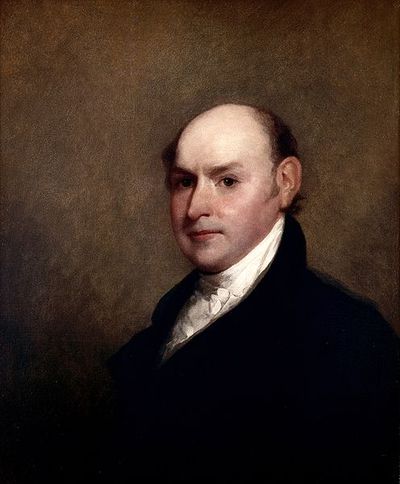
He kept a journal that spanned most of his life. He started writing it in 1779 when he was 12 years old. He was still adding entries to it days before he died. Adams died on February 23rd, 1848. He was speaking in the House when he suffered a stroke. He passed away a few days later.
